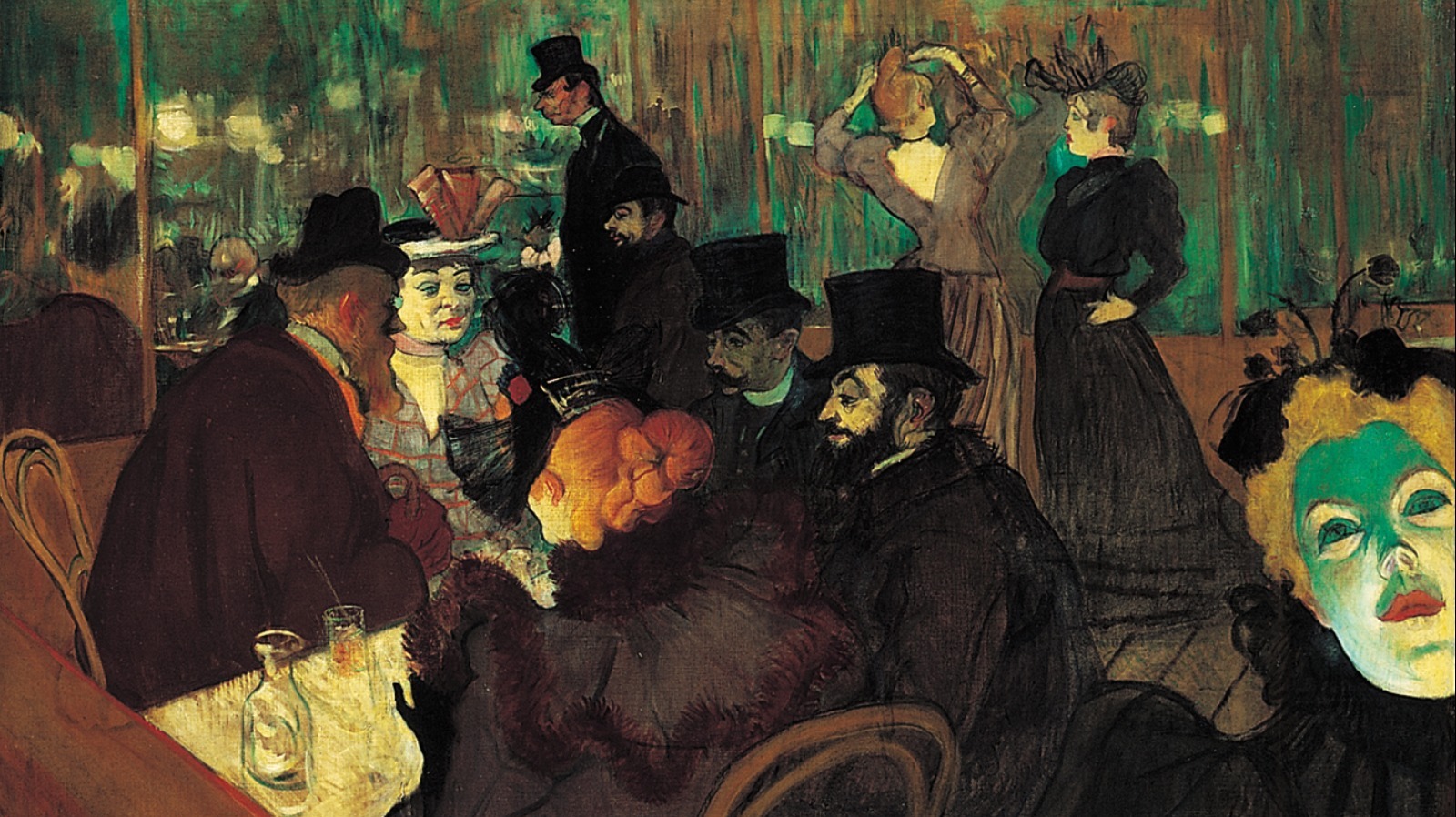
The Belle Époque, or 'Beautiful Age,' refers to a period in France from approximately 1871, following the Franco-Prussian War, until the outbreak of World War I in 1914. This era is characterized by significant cultural and economic growth, marked by optimism, technological advancements, and artistic innovations, particularly in Paris, where the arts thrived with contributions from notable figures like Claude Monet and Marie Curie[1][6]. It was labeled as a 'golden age' for many, especially the upper and middle classes, as wages and living conditions improved, and consumer culture flourished[2][6].
However, beneath the surface, there were considerable social disparities, stark contrasts in wealth, and unresolved societal issues, such as poor working conditions and rising racial tensions[2][3][4]. The period was also characterized by imperialism and nationalistic sentiments, which foreshadowed the conflicts that would arise in the following decades[3][5]. Overall, while the Belle Époque is often nostalgically regarded as a time of peace and progress, it was also marked by underlying discontent and division[4][5].
Get more accurate answers with Super Search, upload files, personalized discovery feed, save searches and contribute to the PandiPedia.
Let's look at alternatives:
- Modify the query.
- Start a new thread.
- Remove sources (if manually added).
- Request a manual search from our human research team.